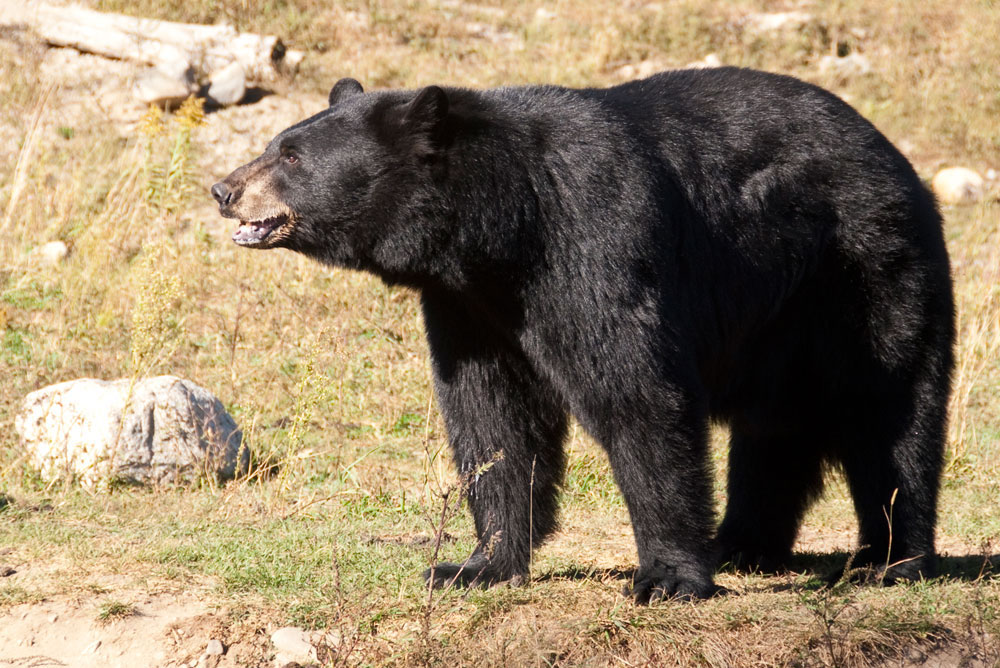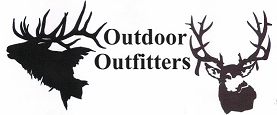Utah to Offer More Black Bear Permits
by Sporting Classics Daily | Feb 8, 2018 | BIG GAME |
 Black bears are doing extremely well in Utah: In less than 20 years, the number of bears has almost tripled. As a result, more hunters will have a chance to hunt them during the state’s 2018 season.
Black bears are doing extremely well in Utah: In less than 20 years, the number of bears has almost tripled. As a result, more hunters will have a chance to hunt them during the state’s 2018 season.
This past season, the number of permits issued resulted in hunters taking 365 bears in Utah. At their meeting on January 11, members of the Utah Wildlife Board—a panel of seven citizens appointed by the governor—approved a permit increase that will likely result in about 400 bears being taken in 2018.
Efforts to protect and manage black bears in Utah certainly seem to be working. Since the first Utah Black Bear Management Plan was drafted in 1998, the number of bears in Utah has increased from an estimated minimum of 1,300 adult bears in 2000 to a minimum of just under 3,500 adult bears in 2016.
The numbers given do not include cubs or bears under 2 years of age, so the overall bear population in Utah is actually much higher.
“The state’s bear population has been growing steadily since 1998,” says Darren DeBloois, game mammals coordinator for the DWR, “especially in the southeastern part of the state.”
In addition to helping the state meet objectives outlined in the Utah Black Bear Management Plan, hunters who take bears provide biologists with vital information. After taking a bear, a hunter must bring the animal to a DWR biologist or a conservation officer. In addition to assessing the bear’s overall condition, the biologist or officer determines whether the animal is a male or a female. A tooth is also removed and analyzed to determine the bear’s age.
“These two simple procedures give us lots of information about how the population is doing,” DeBloois says.
Utah’s Black Bear Management Plan provides guidelines that help ensure the state has a healthy and stable bear population. The plan says that, statewide, not more than 40 percent of the bears taken by hunters over the past three years can be females. And at least 25 percent of the bears taken over the past three years must be males that are 5 years of age or older.
From 2015 to 2017, only 31 percent of the bears taken were females, and 36 percent of the male bears taken were 5 years of age or older.
“The state’s bear population is doing really well,” DeBloois says. “We’re excited about that.”
All of the black bear rules approved by the Utah Wildlife Board are now available in the 2018 Utah Black Bear Guidebook.
(Photo: airn/iStock)
Black bears are doing extremely well in Utah: In less than 20 years, the number of bears has almost tripled. As a result, more hunters will have a chance to hunt them during the state’s 2018 season.
This past season, the number of permits issued resulted in hunters taking 365 bears in Utah. At their meeting on January 11, members of the Utah Wildlife Board—a panel of seven citizens appointed by the governor—approved a permit increase that will likely result in about 400 bears being taken in 2018.
Efforts to protect and manage black bears in Utah certainly seem to be working. Since the first Utah Black Bear Management Plan was drafted in 1998, the number of bears in Utah has increased from an estimated minimum of 1,300 adult bears in 2000 to a minimum of just under 3,500 adult bears in 2016.
The numbers given do not include cubs or bears under 2 years of age, so the overall bear population in Utah is actually much higher.
“The state’s bear population has been growing steadily since 1998,” says Darren DeBloois, game mammals coordinator for the DWR, “especially in the southeastern part of the state.”
In addition to helping the state meet objectives outlined in the Utah Black Bear Management Plan, hunters who take bears provide biologists with vital information. After taking a bear, a hunter must bring the animal to a DWR biologist or a conservation officer. In addition to assessing the bear’s overall condition, the biologist or officer determines whether the animal is a male or a female. A tooth is also removed and analyzed to determine the bear’s age.
“These two simple procedures give us lots of information about how the population is doing,” DeBloois says.
Utah’s Black Bear Management Plan provides guidelines that help ensure the state has a healthy and stable bear population. The plan says that, statewide, not more than 40 percent of the bears taken by hunters over the past three years can be females. And at least 25 percent of the bears taken over the past three years must be males that are 5 years of age or older.
From 2015 to 2017, only 31 percent of the bears taken were females, and 36 percent of the male bears taken were 5 years of age or older.
“The state’s bear population is doing really well,” DeBloois says. “We’re excited about that.”
All of the black bear rules approved by the Utah Wildlife Board are now available in the 2018 Utah Black Bear Guidebook.


 Black bears are doing extremely well in Utah: In less than 20 years, the number of bears has almost tripled. As a result, more hunters will have a chance to hunt them during the state’s 2018 season.
Black bears are doing extremely well in Utah: In less than 20 years, the number of bears has almost tripled. As a result, more hunters will have a chance to hunt them during the state’s 2018 season.